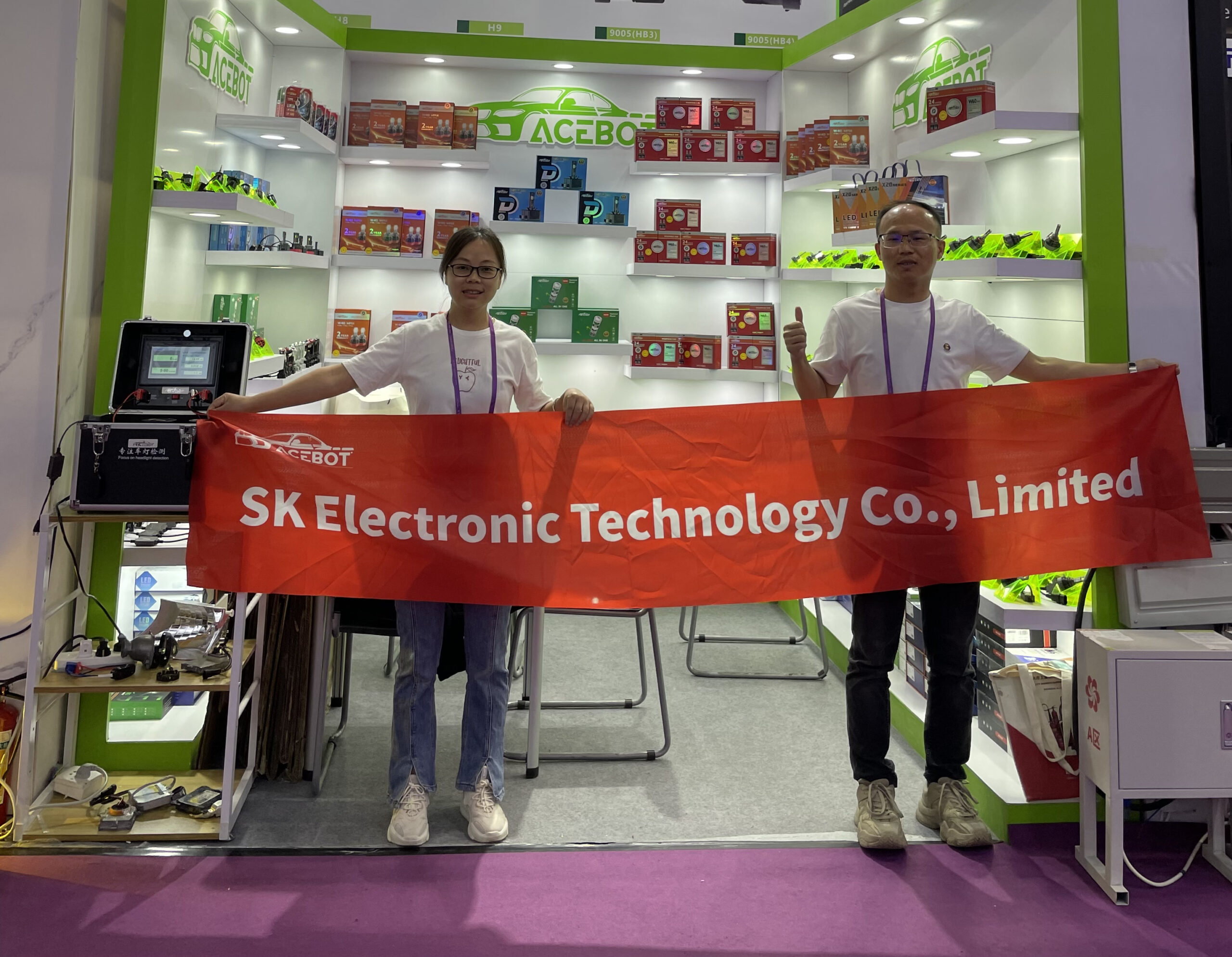How Long Do Halogen, LED, And HID Bulbs Last? Bulb Degradation Explained

Let's break down the basics
What is a Halogen bulb?
An incandescent lamp, known as a halogen light bulb, uses a halogen gas to boost light output and rated life. In comparison to standard incandescent lights, they are noted for their higher-rated life, moderately higher efficiency, and quality of light.
HID bulbs, A brighter choice?
High-intensity discharge, or HID, refers to lights that are brighter than regular headlights. The HID light bulb in an HID headlight is made up of two electrodes and is enclosed in glass. Salts made of metal and xenon are contained within this cage.
What LED stands for?
A light source that uses light-emitting diodes to produce light is an LED lamp or light bulb (LEDs). LED headlights/ lamps have a much higher energy efficiency than comparable incandescent bulbs and can outperform the majority of fluorescent lamps.
What's the general age of car bulbs?
This is a multi-pronged answer with the following factors in interplay to deduce the end result:
Exposure to components: Weathering
An automobile bulb's lifespan depends on many factors.
Hot and cold temperatures or intense sunshine can corrode or deteriorate bulb elements. The Sun's UV rays can pass through the headlights and make plastic or silicone brittle, shortening the bulb's lifespan.
Extreme weather doesn't degrade bulbs alone. Halogen bulbs can be damaged by potholes, speed bumps, and vibrations.
Consumption
One may not realize how much your bulbs are used.
Many cars today include daytime running lights or dipped beam headlights that automatically turn on in overcast weather. This boosts usage and burns out bulbs faster than expected.
Day-shift taxi drivers commonly experience this. They don't realize how much their bulbs are used when it rains or clouds over.
Nighttime drivers will see a big difference. Nighttime HGV and taxi drivers use bulbs four times faster than other road users.
Dirt, Grease & Grime
Never touch halogen bulb glass.
When the bulb is on, natural greases and oils might heat up in one location and pop the glass.
Avoid touching glass bulbs and wear clean hands when installing automobile bulbs.
Wattage
Power output increases with bulb wattage, resulting in a greater light. A high-wattage bulb has a shorter lifespan than a low-wattage one.
As technology advances, we find ways to make brighter bulbs live longer. Improve the bulb's filament, LED technology, or gas quality.
Bright bulbs today last longer than normal bulbs.
What's killing your LED headlight? One clear problem:
The manufacturer of the bulb and the price you pay for them are two giveaways to determine the life expectancy of the bulb. The manufacturer needs to be a trusted person with experience in the business and similarly, the paid price is a significant factor since paying a cheap price will get one an inefficient product.
The most significant factor in this domain remains the temperature. If the temperature of your place of residence is usually very hot then that will affect the lifespan of the bulb in your automobile.
The technicalities
The intricate network of electronics at the base of the LED diodes produces the majority of the heat produced by LED headlight bulbs. In fact, it is simple to state that LED headlight bulbs have a lifespan of more than 50,000 hours. Cheap kits, on the other hand, experience failure before 50,000 hours since the fans aren't strong enough to cool the circuitry. There is no way to expect a conventional LED headlight headlamp to endure 50k hours if the heat sinks or cooling fans do not efficiently cool the circuits.
To cut short
Simply put, it is not feasible. LED headlights react or deteriorate in a certain way, unlike halogen or HID bulbs which will simply stop working or burn out. The maximum brightness of the LED headlight bulb tends to decline when the circuitry or diodes burn out. The light output will be weaker than usual, but they will still light up.
Why are HID headlights losing their brightness?
Degradation (progressive dimming) of HID headlight bulbs occurs over their lifetime but at a very gradual rate. Because of the slow rate at which this degradation occurs, several car owners are unsure when it is time to change their headlight bulbs.
What is causing the dimming?
HID bulbs lose internal chemicals that are required to produce intense light projection with time.
Additionally, a progressive darkening of the bulb's inner tube accumulates.
This inner tube is where the chemical process that produces light takes place.
As a result, the darkening of the tube/loss of light is part of the degradation process.
How long do HID bulbs last?
According to studies, high-quality, long-lasting HID headlights can last up to 10,000-15,000 hours before needing to be replaced.
When HID headlights lose a significant amount of brightness, the bulbs are no longer acceptable or safe for use when driving in low light or otherwise hazardous road conditions.
A transition from bright white to blue or purple-tinted light is a warning that your HID bulbs are on the verge of failing, in addition to dramatically reduced brightness.
Another symptom that your headlights are losing power is a recurring flickering on and off, which becomes more intense and frequent as the bulb's brightness fades. This is known as "cycling."
If you notice a color shift, flickering, or decreased light strength from your vehicle's headlights, it's probably time to replace them.
Halogen bulbs, Do they degrade over time?
Halogen bulbs are a more effective alternative to incandescent bulbs, but they still only last, on average, 2,000 hours before they need to be replaced. The least durable elements are halogens. Although high-quality bulbs will last longer than low-quality bulbs, all halogen lights deteriorate and produce more yellow light as they age.
Halogen bulb’s lifespan
Depending on the specific bulb used, the lifespan of a halogen bulb is estimated to be between 500 and 1,000 hours. Maximum-performance bulbs will provide you with brighter light but have a shorter lifespan. Drivers who are more cost- or environmentally conscious may choose an eco- or long-life bulb. Although you may notice they aren't nearly as bright, Halogen lights bulbs in this category last two to three times longer than conventional bulbs.
Average stats explained:
On average, a Halogen bulb has a maximum of 150% brightness with A 14 months life span and a 12-month warranty. Hotness, an average life span of 24 months, and a 36-month average warranty.
HID bulbs however have a maximum brightness of 240% with an average 23-month life span and a 24-month warranty. Lastly, LED headlight bulbs tend to have a 300% maximum brightness.
Contact us to get the best LED headlights for your car.
Recent Blog
-
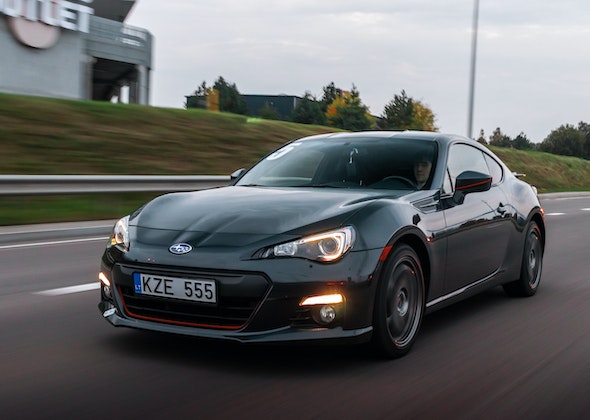
-
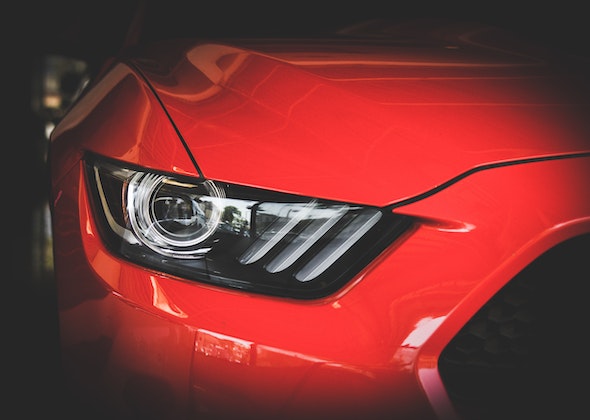
-
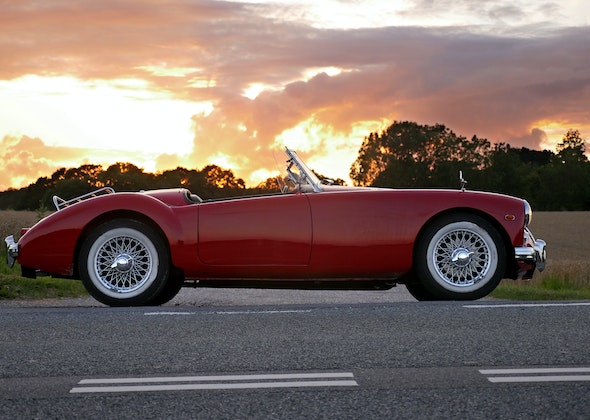 2022-12-23What is Plug and Play LED Lighting?
2022-12-23What is Plug and Play LED Lighting? -
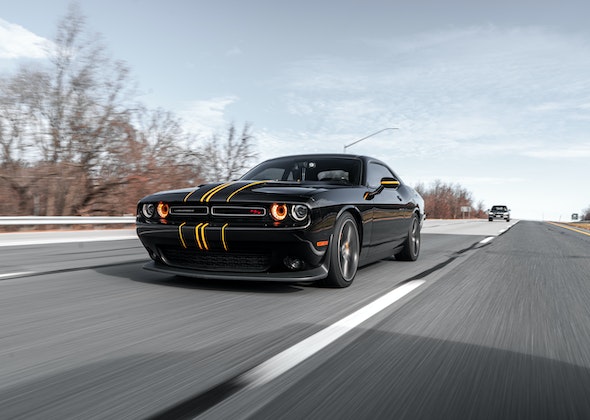
-

-
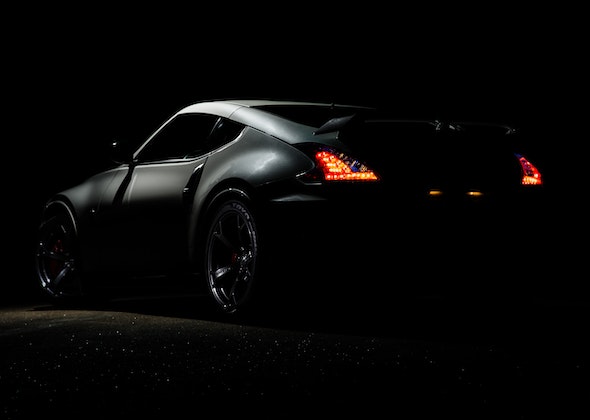
-
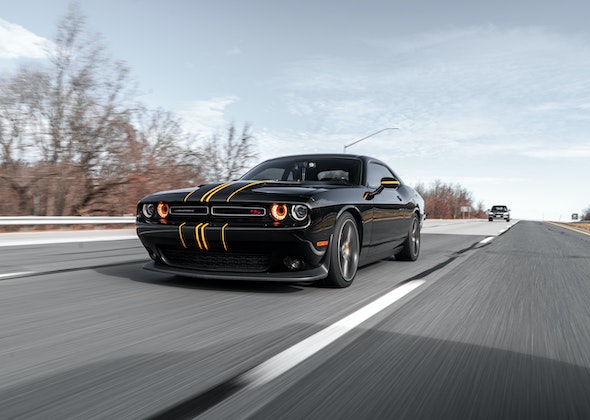 2022-12-045 Easy Ways to Fixing Your Broken LED Lights
2022-12-045 Easy Ways to Fixing Your Broken LED Lights -

-
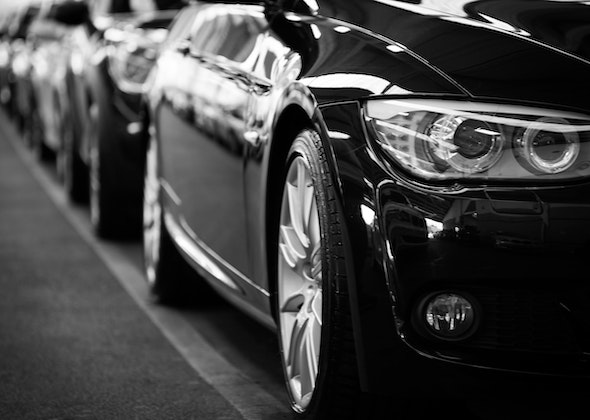 2022-11-30Does CAN Bus work with LED headlights?
2022-11-30Does CAN Bus work with LED headlights? -
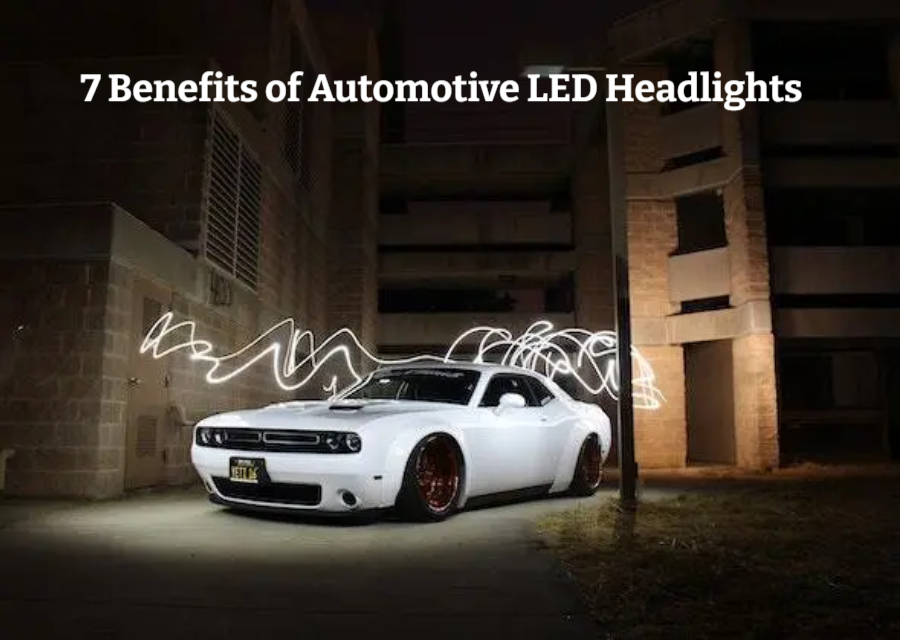 2022-11-2910 LED Headlight Advantages You Need to Know
2022-11-2910 LED Headlight Advantages You Need to Know -
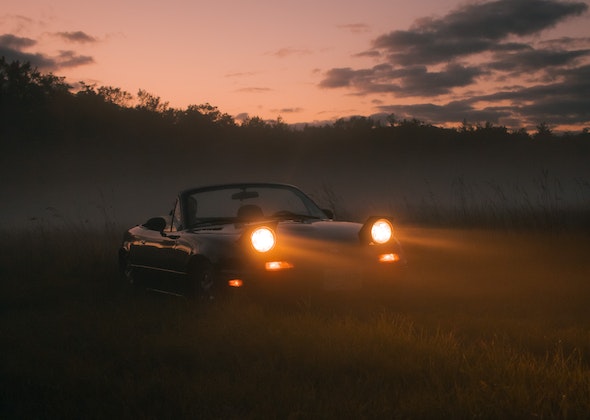
-

-
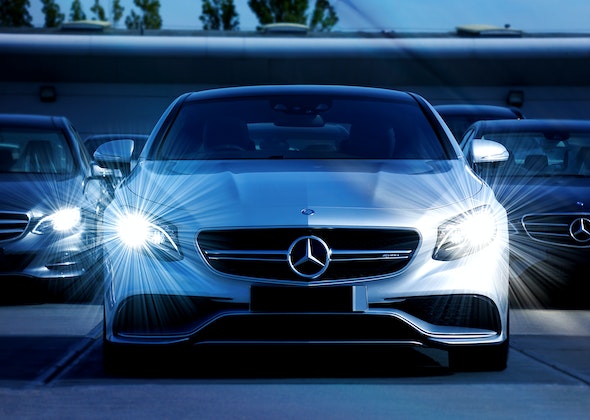
-
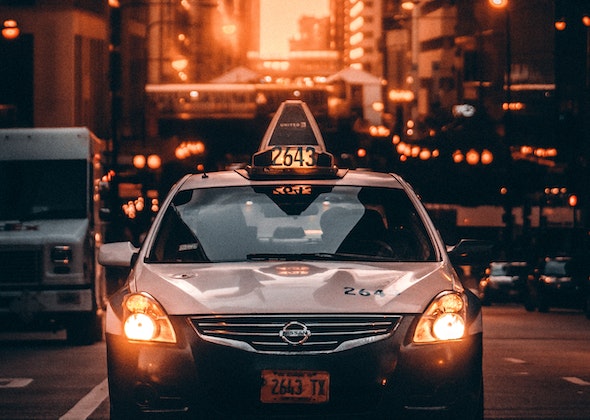
-

-
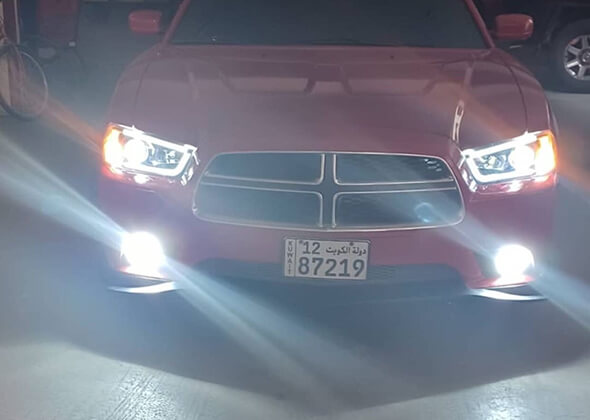
-
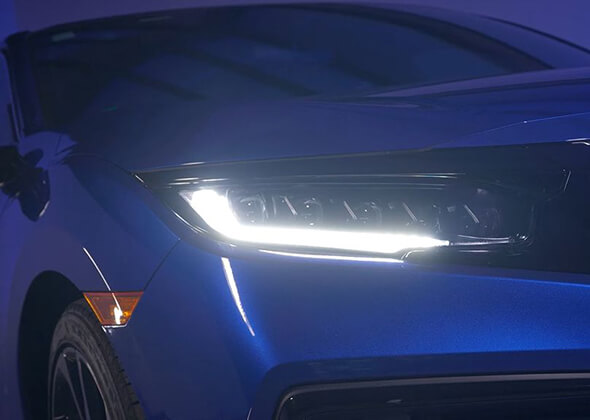
-
2023-10-26China 134TH Canton Fair 2023
-
2023-04-24Automec 2023: SK Lights Up São Paulo Expo
-
